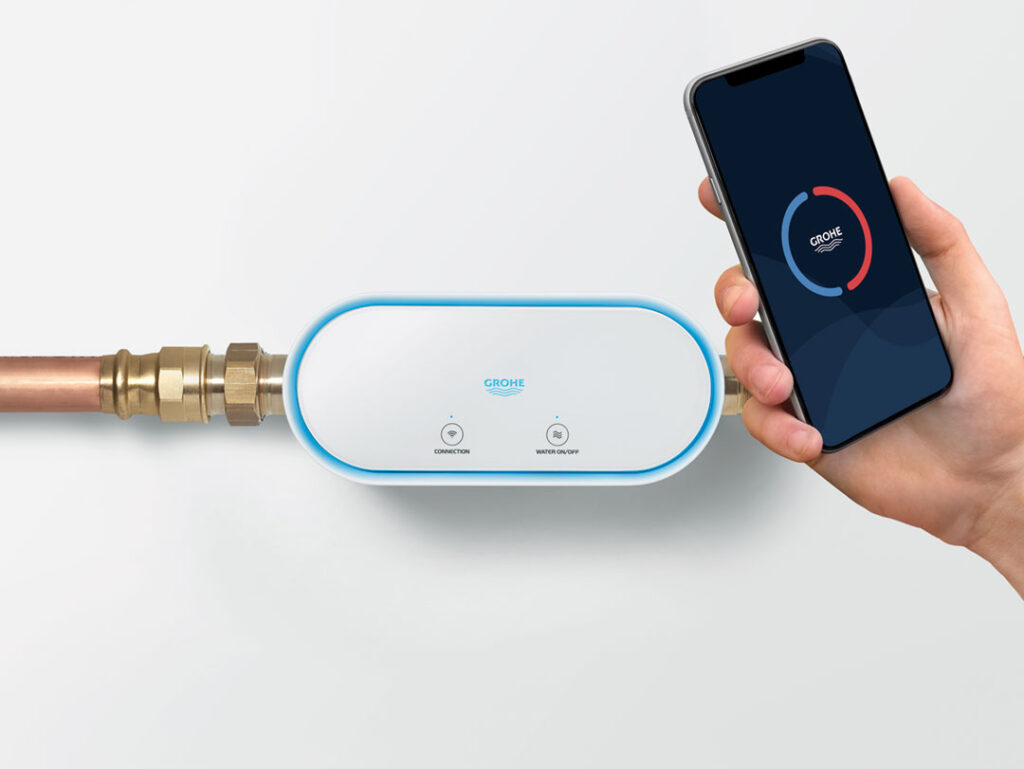
It is incredible for a country with super-typhoon-levels of rainfall to run short of water. But Filipinos are not stunned by this. In a year, we alternately pray for rain then for no more rain, but with accelerating climate change, both come in extremes.
When personal sanitation is every household’s first line of defense, walang tubig sounds like a death sentence with the global climate crisis humming in the background.
The United Nations Sustainable Development Goals was spot on in declaring access to clean water a universal human right, but this right must be balanced with many other rights. We cannot just bulldoze our way through indigenous peoples’ ancestral lands to clean water. What can we do in the meantime?
We now often hear the government appeals to the public to conserve water and avoid wastage. The United Nations Aquastat reports that agriculture remains to be the largest water consumer, accounting for 69% of annual water withdrawals globally. Industry (including power generation) comes second at 19% and households at 12%. The first sector, unless you are a managing substantive farmland, is out of the control of the urbanite. The latter two are where many of us can help make every drop count.
Developers like Carmen Jimenez-Ong of Menarco Development and Chut Cherva of NOVA Group are valuing water like gold and have diversified water sources in their landmark buildings to reduce potable water consumption by up to 65%. On a larger scale, many cities are designing or retrofitting their public spaces to retain water (think: allowing parks to flood so the rest of the city doesn’t).
“Hundreds of individual projects that form part of an ecosystem—permeable pavements, rain gardens, grass swales—soak up the water, filter it, and store it. Then, when the river is low enough, they discard it into waterways to be used. It’s like bringing the concrete jungle back into the natural water cycle,” says Arcadis Head of South-East Asia and India Ross McKenzie of their Wuhan Sponge City project in China.

For water product leader LIXIL, whose legacy includes the ceramic finishes for Frank Lloyd Wright’s expansion of Tokyo’s Imperial Hotel, this means making great strides in preventing leakage.
“We have a detection system called GROHE Sense Guard, which is a Wi-Fi-connected water controller that is installed on the main water pipe. It senses all the water passing by. When it detects a pipe break, it automatically shuts off the water supply to reduce consequential damage. It also notifies you on your smartphone of leaks, including micro-leaks,” says Priyanka Tanwar, Leader, Communications and Corporate Responsibility LIXIL Asia. “Apart from that, the GROHE Sense app provides a complete overview of your water consumption—daily, weekly, monthly, and you have transparency over your water consumption.”
For GROHE, time is water and every second counts. In effect, we can get fuss-free five-minute showers. “We have push and turn technologies in our shower systems, accessible through all our brands— American Standard, GROHE and INAX. These control the exact flow and temperature of water, thereby minimizing that extra time that was wasted initially under the shower, trying to get the right temperature and the right flow,” says Tanwar.
Furthermore, just being easy to maintain means it take less water to clean GROHE products, says Tanwar. “Our Aqua Ceramic technologies keep your ceramic products fresh for up to 99 years. What does that mean in day-to-day consumer behavior? It means that the amount of water and other resources you spend on cleaning your toilet bowl are reduced drastically. Just multiply this by the number of households that have the potential of using that product.”
The water value chain goes deep, and responsibility can be taken on at multiple points. The International WELL Building Institute recommends that more people drink from the tap instead of relying on bottled water. This makes us more vigilant of our domestic water quality and compels our providers to treat our water to drinkable standards. Moreover, the water it takes to produce the bottle is oftentimes ten times the amount of water the bottle itself contains. GROHE Blue systems takes on the mission by filtering tap water from the tap and serving it at the temperature that you want (still or sparkling).
All GROHE’s products are also made at carbon neutral plants, which utilize renewable energy and recycled water. Moreover, GROHE’s four best-selling products have recently been relaunched as Cradle to Cradle Certified, meaning their components in the end-of-life-phase can be used in the creation of new products. All these tweaks of the tap add up. LIXIL has been featured in the Dow Jones Sustainability World Index (DJSI World) for two years in a row now.
Clean water is a lifeline. There are an estimated 800 million people, at least a third of the global population, today who still don’t have access to safe drinking water. By the time we reach 2050, two out of five people in the world would have experienced water stress. Interventions are needed at every scale—personal, systemic, buildings, and cities—if we are to combat the water crisis and exit the pandemic healthy and hydrated.





